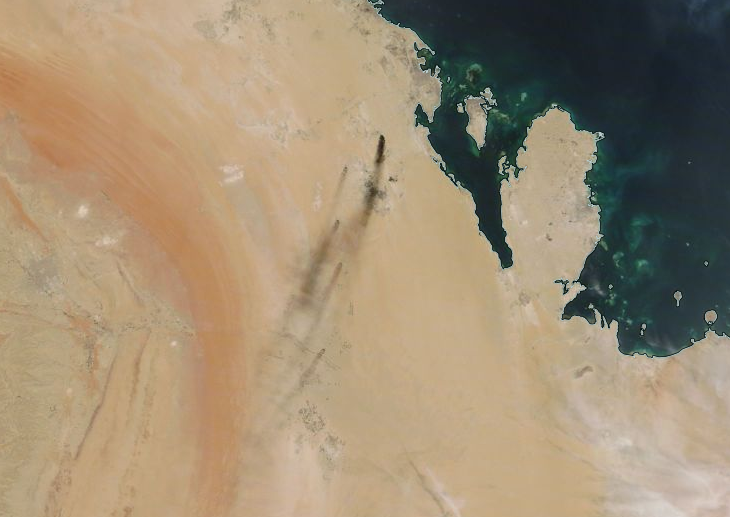
In its new Protection of Civilians Handbook @NATO also expands on #environmental protection considerations. A welcome development following last years #UNSC debates and side-events on environmental, peace and security. A short thread: 1/x
shape.nato.int/news-archive/2…
shape.nato.int/news-archive/2…
The introduction explains that PoC also includes protection of " the natural environment, as well as necessary public services linked to civilian critical infrastructure, such as potable water, sanitation, and electricity". 2/x natolibguides.info/Environment
In the planning phase of NATO operations, environmental protection considerations should be part of the analysis, including a baseline study and and environmental impact assessment to ensure minimization and mitigation of environmental impacts 3/x 



In case of encountering environmental damage (think of burning oil wells etc) , @NATO troops should have specific expertise e.g. engineers to 'Mitigate Harm' to civilian populations, in particular vulnerable groups. 4/x 

The PoC Handbook also reflects on mitigating 2nd or 3rd order effects, including the impacts of its own military operations and how environmental damage can impact local populations. Will @NATO also look at the @ICRC Updated Military Guidelines on #PERAC? 5/x 



The Handbook also recommends improved reporting on #environmental protection by its engineers.. Sharing information on targets, munitions types and amounts, available environmental assessment are helpful for humanitarians, deminers and local authorities for PCEAs 6/x 

Anticipating a follow-up report by UNOCHA on Protection of Civilians and Protection of the #Environment in May 2021, we will follow-up with a more thorough analysis and events soon. Stay Tuned! 7/END 

• • •
Missing some Tweet in this thread? You can try to
force a refresh










